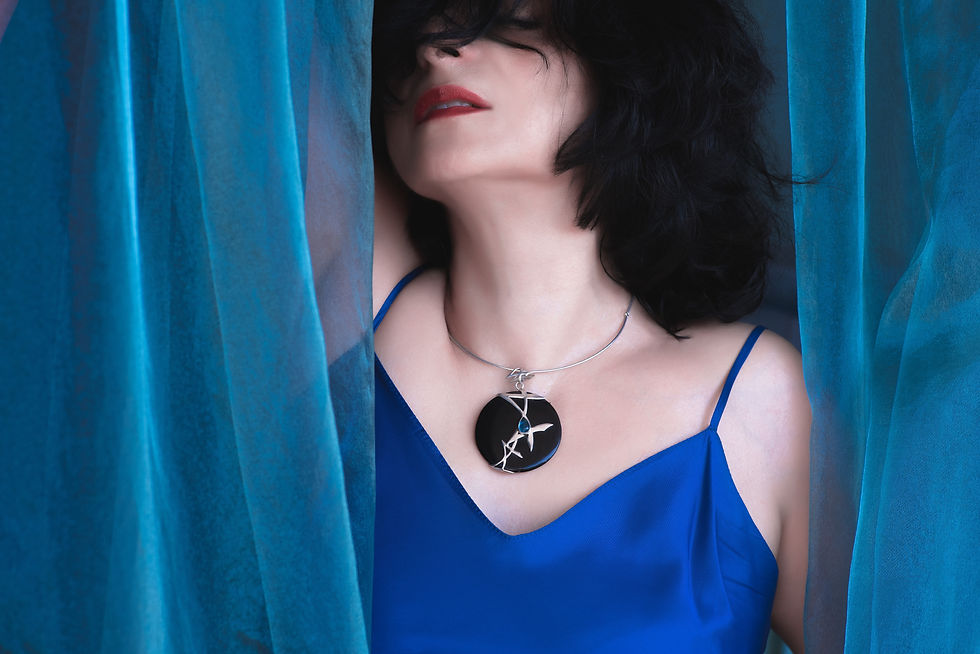WATER BUFFALO HORN

The water buffalo is a large bovid originating in the Indian subcontinent, Southeast Asia, and China. Today, it is also found in Europe, Australia, North America, South America, and some African countries. The wild water buffalo native to Southeast Asia is considered a different species, but most likely represents the ancestor of the domestic water buffalo.
Two extant types of water buffalo are recognized, based on morphological and behavioral criteria – the river buffalo of the Indian subcontinent and further west to the Balkans, Egypt, and Italy, and the swamp buffalo, found from Assam in the west through Southeast Asia to the Yangtze valley of China in the east. The origins of the water buffalo types are debated, although the results of a phylogenetic study indicate that the swamp type may have originated in China and was domesticated about 4,000 years ago, while the river type may have originated in India and was domesticated about 5,000 years ago. After the domestication of the water buffalo in Southeast Asia, the swamp buffalo dispersed up to the Yangtze River valley between 3,000 and 7,000 years ago.
At least 130 million water buffaloes exist, and more people depend on them than on any other domestic animal. A large feral population became established in northern Australia in the late 19th century, and there are smaller feral herds in Papua New Guinea, Tunisia, and northeastern Argentina. Feral herds are also present in New Britain, New Ireland, Irian Jaya, Colombia, Guyana, Suriname, Brazil, and Uruguay.
River buffaloes have comparatively longer faces, smaller girths, and bigger limbs than swamp buffaloes. Their horns grow downward and backward, then curve upward in a spiral. Swamp buffaloes are heavy-bodied and stockily built; their horns grow outward and curve in a semicircle, but always remain more or less on the plane of the forehead.
Horns that curve backward are the most recognized sign of the Water Buffalo. However, many people think only the males have them, but the females do as well. The horns of the male though are larger than those of the female.







